Text
Modern History: The Aral Sea Crisis
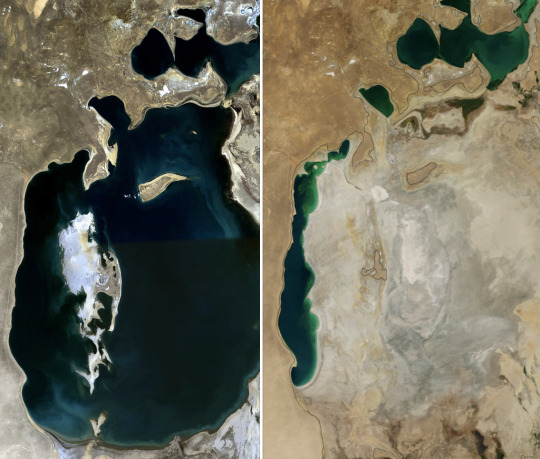
The Aral Sea, once one of the world's largest inland bodies of water, has experienced a catastrophic reduction in size due to excessive water withdrawals for irrigation. This ecological disaster serves as a cautionary tale about the consequences of mismanaging water resources, a lesson with relevance to current discussions on water scarcity and sustainable agriculture.
According to historical documents, the Aral sea region was inhabited by desert nomads and used to support a booming fishing industry in the region. In the 20th century, the Aral Sea was reported to be the world’s fourth-largest inland water body, with an approximate area of 68 000 sq. km. Moreover, the rivers that fed the lake also offered water to nearby towns, giving birth to the historic Silk Route.
It was in 1991 that Uzbekistan gained independence from the Soviet Union and decided to improve the situation of the Dying Aral Sea. The first two attempts of the Kazakh Government failed, and it was only in 2005 that it tasted success with the increase in the water level and the fish stocks in the sea. In 1994, the countries such as Kazakhstan, Uzbekistan, Tajikistan, Kyrgyzstan, and Turkmenistan adopted the Aral Sea Basin Program to revive the sea.

The program aimed to stabilise the environment and rehabilitate the disaster area around the Aral sea. Phase one of the program was launched in 1992 with the help of the World Bank and ran until 1997. The second phase started in 1998 and ran for the next five years, while the third phase ran simultaneously and focussed on the enhancement of the irrigation systems currently in place.
The Aral Sea Crisis serves as a critical case study in understanding the multifaceted challenges of water management, environmental degradation, public health, and sustainable development. Its relevance to contemporary issues underscores the need for global awareness and concerted efforts to address the complex and interconnected challenges facing water resources and ecosystems worldwide.
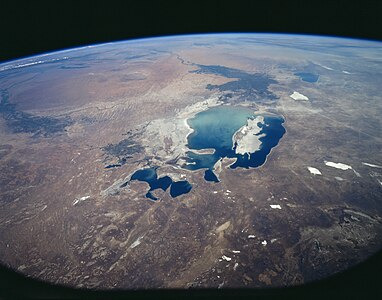
The Aral Sea Crisis was a severe environmental and humanitarian disaster that unfolded in Central Asia primarily in Kazakhstan and Uzbekistan. It was caused by large-scale water diversion projects initiated by the Soviet Union in the mid-20th century, primarily for irrigation and cotton production. We can take it as an example of the far-reaching consequences of mismanaging water resources and the urgent need for sustainable water use practices and environmental restoration.
1 note
·
View note
Text
Modern History: The Clean Water Act (1972)

The United States passed the Clean Water Act in 1972, a landmark piece of legislation that regulates the discharge of pollutants into U.S. waters and sets water quality standards. This act played a vital role in reducing water pollution and has relevance in addressing contemporary issues related to water quality and protection.
Growing public awareness and concern for controlling water pollution led to sweeping amendments in 1972. As amended in 1972, the law became commonly known as the Clean Water Act (CWA). 1972 was an election year, and after a first term notable for its environmental policy achievements, then President Nixon vetoed the bill in an attempt to cast his fiscal conservatism against his already flagging opponent, George McGovern.
Bipartisan majorities in both the House and Senate instead overrode President Nixon’s veto, and the bill became law on October 18, 1972. Local leaders, like former mayor of Cleveland, Ohio, Carl Stokes, were central in the push of this legislation being enacted into law. It established the basic structure for regulating pollutant discharges into the waters of the United States and gave EPA the authority to implement pollution control programs such as setting wastewater standards for industry.

The Clean Water Act created a new permitting system for anybody discharging pollutants into the waters covered by the Act. It mandated, for the first time, a minimum standard of wastewater treatment for every community in the country. It paired that mandate with a new funding program recognizing that meeting the new standards would be expensive, leading to a major increase in infrastructure over the next decade.
The Clean Water Act of 1972 remains highly relevant to contemporary water-related issues and challenges. Its principles and provisions continue to address and adapt to the evolving environmental and water management concerns of today, and is underscored by its adaptability and continued importance in addressing emerging challenges related to water quality, public health, climate change, and ecosystem protection.
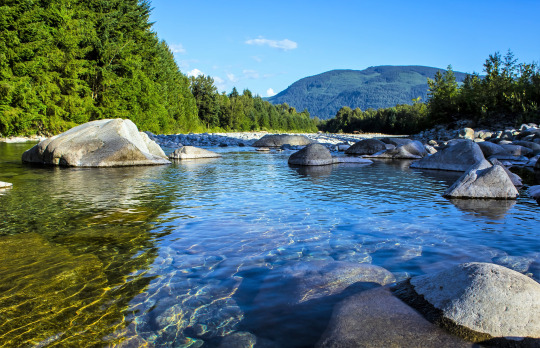
In summary, the Clean Water Act has had a profound and positive impact on the quality of water resources in the United States. It has reduced pollution, protected ecosystems, improved public health, and driven infrastructure investments, all of which contribute to cleaner, safer, and more sustainable water supplies. Its regulatory framework continues to be a vital tool in addressing contemporary water quality challenges and ensuring the responsible management of the nation's water resources.
1 note
·
View note
Text
Modern History: Ancient Roman Aqueducts
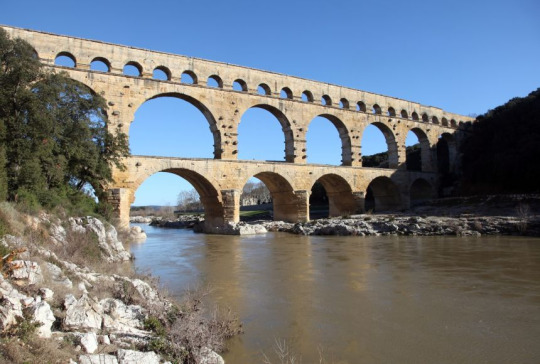
The Roman Empire is known for its impressive aqueduct system, which transported water over long distances to support their cities. This early engineering marvel laid the groundwork for modern water supply systems and emphasized the importance of efficient water distribution. Lessons from these aqueducts continue to inform water management practices today.
Roman aqueduct systems were built over a period of about 500 years, from 312 B.C.E. to C.E. 226. Both public and private funds paid for construction. The Roman aqueduct was a channel used to transport fresh water to highly populated areas. Aqueducts were amazing feats of engineering given the time period. Though earlier civilizations in Egypt and India also built aqueducts, the Romans improved on the structure and built an extensive and complex network across their territories.
High-ranking rulers often had them built; the Roman emperors Augustus, Caligula, and Trajan all ordered aqueducts built. Aqueducts required a great deal of planning. They were made from a series of pipes, tunnels, canals, and bridges. Gravity and the natural slope of the land allowed aqueducts to channel water from a freshwater source, such as a lake or spring, to a city.

As water flowed into the cities, it was used for drinking, irrigation, and to supply hundreds of public fountains and baths. The most recognizable feature of Roman aqueducts may be the bridges constructed using rounded stone arches. Some of these can still be seen today traversing European valleys. The capital in Rome alone had around 11 aqueduct systems supplying freshwater from sources as far as 92 kilometers away (57 miles).
Ancient Roman aqueducts, a marvel of engineering from over two millennia ago, hold significant relevance to contemporary water-related issues. For example, Roman aqueducts have been relevant nowadays demonstrating the feasibility of transporting water over long distances through complex networks of channels and pipes. This engineering legacy has directly influenced modern water supply systems and the design of pipelines and aqueducts used today.

In short, Roman aqueducts were a system of water supply and distribution constructed by the ancient Romans. These aqueducts were an intricate network of channels, pipes, and tunnels designed to transport fresh water from natural sources, such as springs and rivers, to cities, towns, and industrial facilities throughout the Roman Empire. Roman aqueducts were essential for sustaining the growth and development of Roman cities, as they provided a reliable source of clean water for drinking, sanitation, and various industrial processes.
3 notes
·
View notes
Text
Literature - Essay: Water Conservation Essay – Conserving Water
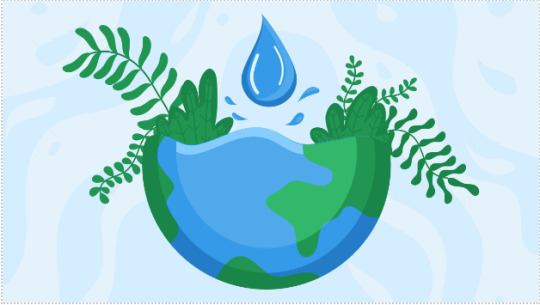
This essay is called: “Water Conservation Essay - Conserving Water”. This essay discusses the crucial importance of water in our daily lives and emphasizes the need for water conservation, both on a national and individual level. It gives us some tips for basic water care, actions that we can easily perform at home and that take no time or effort, highlighting that with the smallest action, we can take care of water and save the planet.
Water conservation is portrayed as a critical and essential aspect of human life and environmental responsibility in this essay. It is depicted as a multifaceted effort, involving government policies, scientific advancements, urban planning, individual responsibility, and small-scale everyday practices. The essay conveys the idea that water conservation is essential for the sustenance of life and a collective responsibility that encompasses various levels of society.
The main symbolism in this essay is about how we depend on water, how humans need water to survive, and it explains why we need water in general. Water symbolizes the most fundamental element necessary for human survival. It represents life itself. The statement "Life without water is not possible" underscores the idea that water is not just a physical necessity but a symbol of the very essence of existence.

The author wants to demonstrate how important it must be for humans to conserve water resources. All in all, we must identify water scarcity as a real issue as it is very dangerous. Further, after identifying it, we must make sure to take steps to conserve it. There are many things that we can do on a national level as well as an individual level. So, we must come together now and conserve water.
Keep drinking water in the refrigerator instead of letting the faucet run until the water is cool.
Use a washing machine when it is fully loaded.
Rainwater harvesting must be made compulsory so we can benefit from the rain as well.
In short, the essay promotes awareness of water conservation by directly explaining that it is important because we cannot live without water. We normally use water for different activities on a daily basis, but we forget not to waste this resource. So the text gives us different tips to avoid misuse of water, in order to keep this resource and also us.
1 note
·
View note
Text
Literature - Poem: "Water Bodies"

The poem is named: “Water Bodies”. It talks about the various forms and roles of water in different natural and human-made environments. And highlights the versatility and importance of water in our world. This poem showcases various water bodies like the ocean, sea, rivers, canals, ponds, etc. These water bodies collect water from rain and give us water. Water bodies are very important for all of us.
In this poem, water conservation is portrayed in a subtle but significant manner by highlighting the various roles and forms of water in different natural and human-made environments. While the poem doesn't explicitly address water conservation or wastefulness, it indirectly encourages readers to appreciate and respect water's presence in various aspects of life, which can lead to a greater awareness of the need for conservation and responsible water usage.
By mentioning how water is "helping us all with canals and dams" and "living with us at our homes in our pots," it indirectly emphasizes the importance of using water thoughtfully and efficiently. The poem serves as a gentle reminder of how water plays a vital role in our lives, and by doing so, it encourages readers to consider the value of conserving this precious resource.
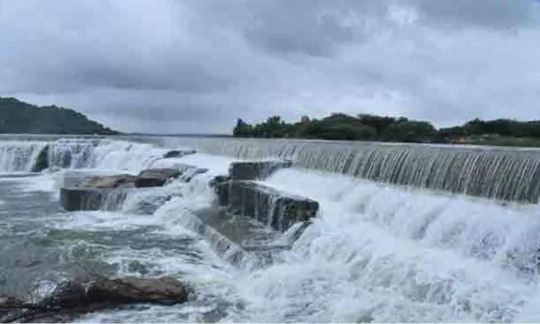
The message this water poem for kids wants to convey is that we should conserve water. Earth is made up of about 70% water. Out of 70%, only one percent is drinkable and usable. This water comes from rainfall and other water bodies. We should use this water wisely and try to conserve the water as much as possible.
Keep drinking water in the refrigerator instead of letting the faucet run until the water is cool.
Avoid purchasing recreational water toys that require a constant stream of water.
If you have a swimming pool, consider a new water-saving pool filter.
The poem describes water as resting in the ocean, flowing in the sea with waves, running in rivers to support animals and people, residing in small ponds with fish and frogs, and aiding humans through canals and dams. It also mentions water being present in our daily lives, stored in pots in our homes. Essentially, the poem underscores the significance of water in sustaining life and serving various purposes.
1 note
·
View note
Text
Literature - Short Story: “Why Should I Save Water?” By Jen Green and Mike Gordon

This Short Story is called: “Why Should I Save Water?” By Jen Green and Mike Gordon. It is aimed at children and, throughout a short but clear and concise story, demonstrates the importance of not wasting water, promotes the importance of why we should save water, and also the risk and consequences of not considering water as the important resource it really is, leaving a great message to children.
Water conservation is portrayed through the actions and experiences of the child and the village community. The short story demonstrates the significance of water conservation by illustrating the consequences of wastefulness and the positive impact of education and crisis-induced behavioral change. It emphasizes the idea that water is a finite and vital resource that requires responsible management and preservation.
I think the greatest symbolism in this story is when the village refuses to take care of the water and keeps wasting it to the point where they run out of water, and it is not until then that they begin to take action and take the necessary care to keep the water resource alive. This can be brought to reality, implying that most people don’t care about a situation until it becomes completely critical, that is until the last second, which is something that shouldn’t happen.
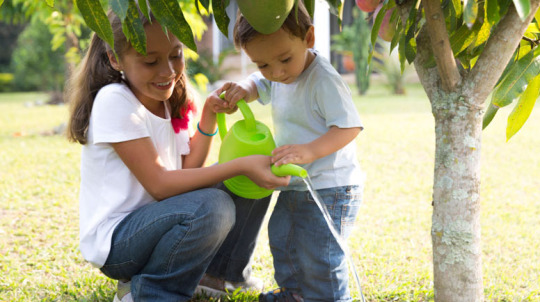
Although this book is aimed at children, its message is very precise, it captures very well why we should consider water as a vital resource for life, and leaves a direct message, the fact that we should not wait until the situation is critical to take action, instead make any changes as soon as possible without waiting for the consequences, which is the perfect way for both children, and adults, so they understand that preserving water isn’t a decision but something we should do for our Earth, for ourselves and our future generations.
Turning the tap off when brushing your teeth
Take short showers instead of tub baths.
Wash the car with water from a bucket, or consider using a commercial car wash that recycles water.
The story is about a little boy who always thought about the importance of water and why we all should take care of it. He tried to tell others about taking care of the water, but they didn’t listen to him. Suddenly one day, the villagers found out that there was no water, they got scared and they went to talk to the kid and asked him about what to do. They understood that taking care of the water, conserving it and not wasting it is pretty important. After it, the water came back little by little, and they didn’t waste it again.
2 notes
·
View notes